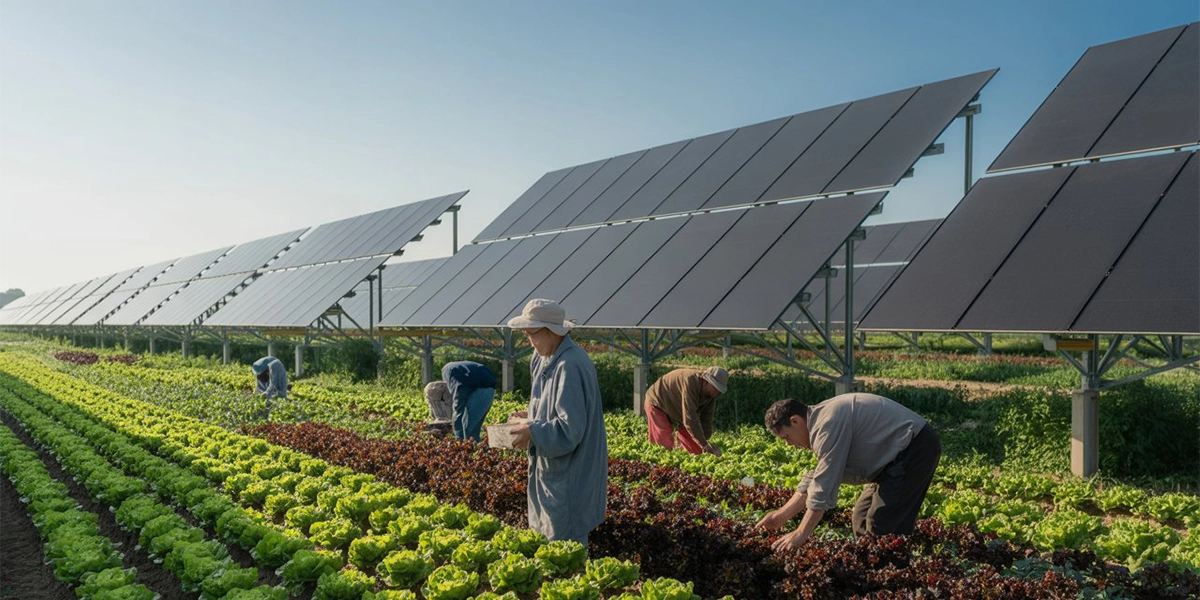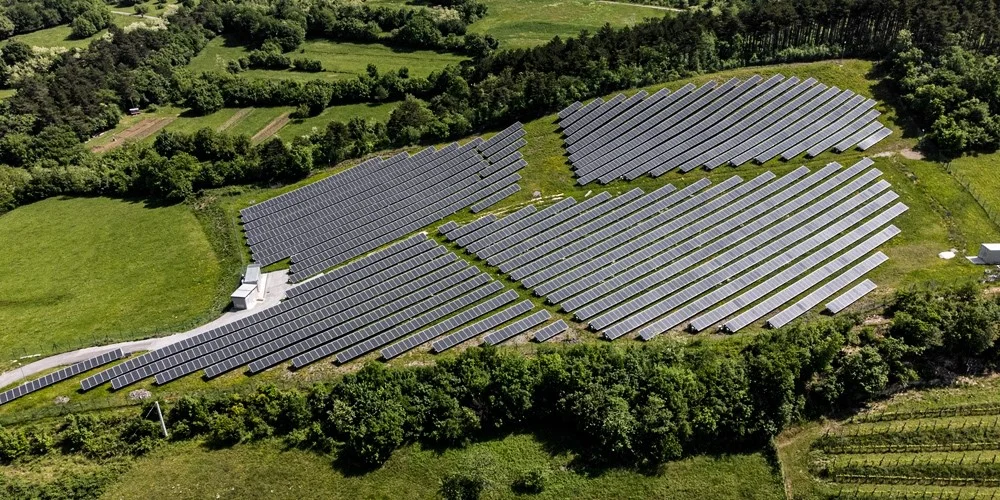- Updated On: July 03, 2025
Community Solar Programs: Making Clean Power Accessible Without Any System Installation
What if you could reduce your electricity costs and get rid of long power outages without putting in a single solar panel? That’s what community solar provides. You can participate in a community solar project regardless of whether you rent or do not have a suitable roof or if you prefer not to have equipment installed on your property. You can benefit from solar energy without investing in any equipment when you sign up for a subscription to a nearby community solar farm. As a subscriber, you won’t have to do anything other than account for one additional bill every month.
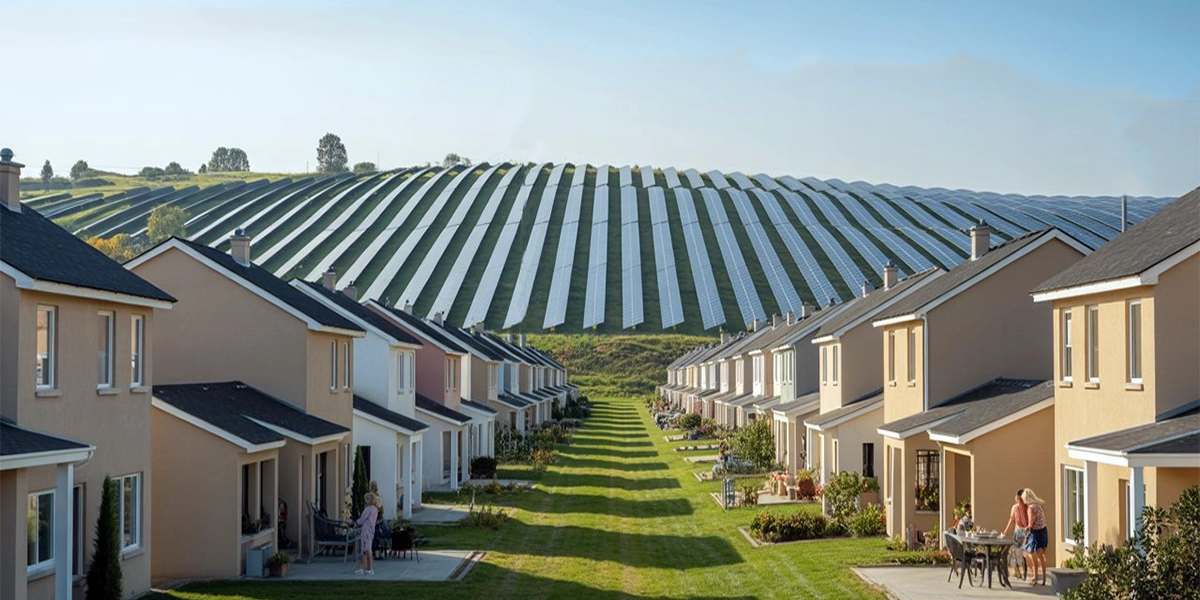
In this article, we will explore everything you should know if you are planning to subscribe to a solar farm. We will explain the community solar pricing models and billing criteria.
How do you save with community solar?
Participating in a community solar project basically means buying some of the electricity produced by a solar farm. You pay your community solar company for the energy your share produces. But at a low rate compared to your electric bill. Then, with virtual net metering, the amount of electricity your share of the solar farm produces is reflected on your utility bill as a credit against the amount of power you pull from the grid.
Just keep in mind that you probably won’t realize savings the day you join. This is because community solar typically takes at least one monthly billing cycle to affect your electricity cost.
What are the different models of community solar projects?
Community solar comes in three different models. The type of service you subscribe to will determine your savings:
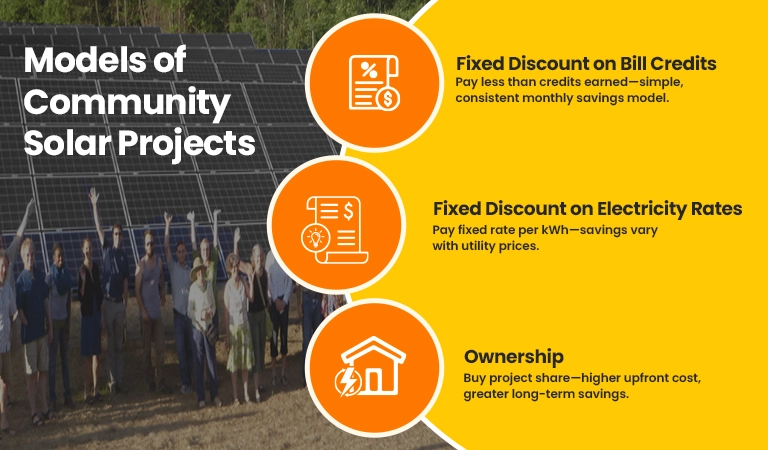
Fixed Discount on Bill Credits
You get a fixed percentage discount on your electricity bill under this approach, typically between 5 and 20%. Therefore, your cost is $90 if you have a set 10% discount and your portion of the community solar project generates $100 in electricity.
Fixed Discount on Electricity Rates
With this approach, you and your community solar firm agree on a fixed price per kWh, which is typically lower than utility rates. This strategy is less predictable than a fixed discount on a bill credits program because your savings are contingent on how much your utility charges in comparison to your fixed community solar price per kWh.
Assume your utility charges 17 cents per kWh, while your community solar company charges 15 cents per kWh. If your share of the solar farm generates 588 kWh, you will pay your community solar company about $90 ($0.15 x 588 kWh) for $100 worth of credits that will apply to your utility bill and save you $10.
Ownership
With this strategy, you can buy a share of the community solar project or a specific number of panels. You receive electric bill credits for all of the power generated by your solar panels when you invest in a community solar project. Although the initial expenditures of an ownership model are relatively greater, you will ultimately save more money.
What are the top community solar billing considerations?
Understanding how your utility company and community solar provider work together to produce savings can be challenging. Let’s explore the top considerations:
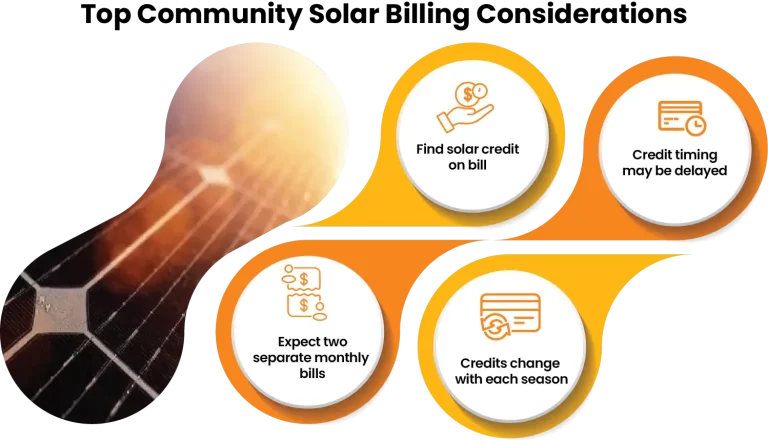
Expect Two Different Bills Each Month
If you subscribe to a community solar program, you should anticipate receiving two bills. One will be from the utility company and the other from the community solar provider. Savings differ based on your subscription plan: fixed discount or fixed electricity rate. A fixed discount offers consistent percentage savings, while fixed rates are dependent on the relative changes in utility prices. It is good to know your plan because price impacts your actual savings. However, both plans help to reduce your annual electricity bill in the form of monthly credits.
Look for a Credit on Your Utility Bill
Community solar credits are negative charges on your utility bill but may not be clearly marked. The credit, however, might be listed under terminology you are not familiar with, like “CDG Value Stack Credit” or “net metering.” Every utility lists credits in its way, so search for new line items with negative charges to locate your savings. These credits directly reduce your utility bills, so it’s not hard to overlook if you’re not paying attention. Always review your bill details to ensure you’re getting the benefits.
Credits Fluctuation with Seasons
Your share of the solar farm will produce more energy than you require during some months. Due to seasonal variations in solar output and energy consumption patterns, it would be impossible to match your monthly energy consumption to the farm’s monthly solar production. If the increasing credit value on your power bill surprises you, keep in mind that community solar offers savings annually rather than monthly. Any additional solar bill credits you purchase now will be applied in later months, and your community solar firm will size your portion of the solar farm to cover the majority of your yearly energy demands. For many customers, this entails saving extra summer bill credits for use in the winter, when the solar farm produces less electricity.
Delay in Getting Credits
Community solar billing is a multi-step process, which may delay the time between when your payment is received and when your utility bill records credits. Your solar company tracks your energy production, projects your savings, and bills you. If your utility issues the bill before getting this information, you won’t get your solar credits until the next cycle. This wait is normal and won’t affect your yearly savings. Since community solar is for yearly gain, short-term delays in credits won’t decrease your total monetary reward from the program.
Should you subscribe to a solar farm or get rooftop solar panels?
If you have enough cash or you can manage a solar loan, and you live in a state that offers solar incentives like net metering and SRECs alongside the 30% FTC, installing a rooftop solar panel system will cover all of your electricity needs, resulting in long-term savings. Assume you pay $2,000 a year for power. If you subscribe to a solar farm, it may save you 10% annually. On the other hand, if you install solar panels at home, you can offset 95% of your electric bills and also earn credits by exporting excess power to the grid. However, community solar is the best option to lower your energy costs if you have no option of owning a solar energy system.
Solar SME is a local solar installation company near you. We offer tailored residential and commercial solar solutions with flexible financing options, including solar loans and 0% APR. Get a FREE Quote with our smart solar calculator for an estimate of your solar savings.
Related Articles:
As businesses seek reliable, cost-effective energy solutions, commercial solar emerges as a powerful alternative. Beyond reducing monthly utility bills, solar offers energy independence, protection from rising rates etc. Learn about top reasons and benefits!
Solar farms are the workhorses of solar energy, taking up acres of land—sometimes thousands of acres—to produce clean energy for homes and businesses across the world!
A community solar farm is a practical and cost-effective alternative that makes solar energy accessible to everyone, including renters and low-income homeowners. With rising utility rates and inflation, solar farms are becoming popular. Let's explore how solar farms work and what are the perks of subscribing to a community farm project. Also, we will highlight the states offering these programs.


